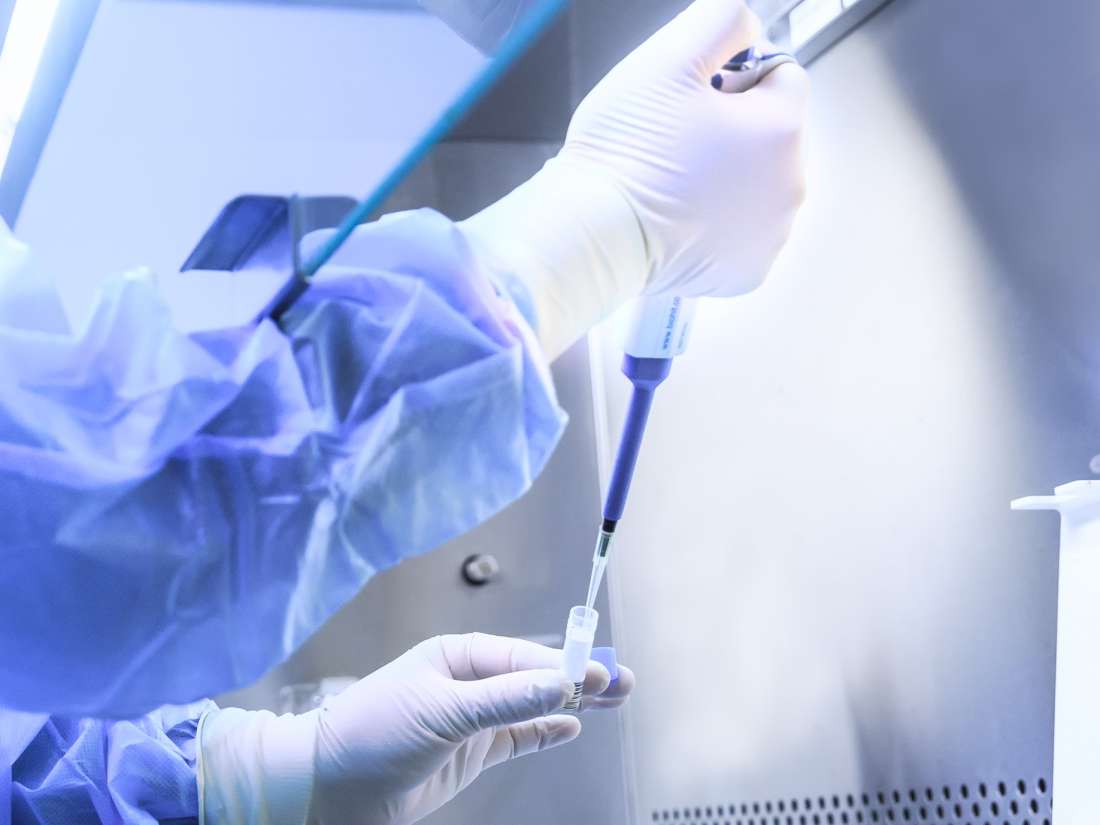

This paper outlines how NYSCF scientists created stem cells from diabetic patients through a process called somatic cell nuclear transfer. Yamada M, Johannesson B, Sagi I, Burnett LC, Kort DH, Prosser RW, Paull D, Nestor MW, Freeby M, Greenberg E, Goland RS, Leibel RL, Solomon SL, Benvenisty N, Sauer MV, Egli D. Human oocytes reprogram adult somatic nuclei to diploid pluripotent stem cells. In this article, NYSCF researchers discuss the promise of cell replacement therapies for treating diabetes. Johannesson B, Sui L, Freytes DO, Creusot RJ, Egli D. Toward beta cell replacement for diabetes.

This study examines the ability of nuclear transfer embryonic stem cells derived from a patient with type 1 diabetes to differentiate into beta cells. Sui L, Danzl N, Campbell SR, Viola R, Williams D, Xing Y, Wang Y, Phillips N, Poffenberger G, Johannesson B, Oberholzer J, Powers AC, Leibel RL, Chen X, Sykes M, Egli D. Β-Cell Replacement in Mice Using Human Type 1 Diabetes Nuclear Transfer Embryonic Stem Cells. Diabetes Newsīelow are select publications outlining recent advancements in diabetes research from NYSCF scientists. Patients should consult their physician to determine the best treatment course for their symptoms. Typical type 2 diabetes treatments and management strategies include weight loss, healthy eating, regular exercise, and in late stages or more severe cases, insulin therapy. This can be done through an injection, inhaler, injection port, or through an insulin pump, which delivers insulin continuously throughout the day. The most common type 1 diabetes treatment is administration of insulin. Type 2 diabetes can sometimes be prevented by maintaining a healthy diet, losing weight, and exercising, although genetics play a significant role as well. Researchers are currently exploring whether genetics can increase one’s risk for developing type 1 diabetes, but the disease cannot be prevented. Type 1 diabetes is an autoimmune disease that has no reliable prevention strategies at this time. Insulin helps the body absorb glucose from the bloodstream, and when it is absent, blood sugar levels can become dangerously high, affecting virtually all tissues in the body and causing health problems such as the following: Type 2 diabetics exhibit insulin resistance or do not produce enough insulin to maintain regular blood sugar levels. Type 1 diabetics do not produce insulin because their immune system erroneously attacks the cells that produce it. There are many different forms of diabetes (including neonatal diabetes and gestational diabetes), but you may have heard of the two major types: Insulin, a hormone produced in the pancreas, helps the body extract sugar from our bloodstream and transfer it into our cells, where it is used for energy.Īlmost 26 million people have diabetes in the United States alone, and this number continues to grow. At NYSCF, we are genetically engineering beta cells that can camouflage themselves from the immune system, keeping them safe from destruction.ĭiabetes is a group of diseases characterized by impaired regulation of blood sugar levels by insulin. Type 1 diabetes is an autoimmune disease, and even if we can develop new beta cells to replace the damaged cells, we need a way to make sure the immune system will not attack them. Lastly, we are engineering beta cells that are invisible to the immune system.We then study how cells generated from type 1 and type 2 diabetes patients behave, identifying cellular mechanisms that may drive the disease, testing drugs on the cells, and developing strategies to engineer healthy cells for replacement therapies.
STEM CELL TREATMENT FOR DIABETES TYPE 1 COST SKIN
Our NYSCF Global Stem Cell Array® can rapidly and reproducibly create stem cells from skin or blood, and then reprogram these cells into pancreatic beta cells - the insulin-producing cells affected in diabetes.

We are approach this goal in several ways:

About Diabetes Diabetes News Publications FAQsĪt NYSCF, we are dedicated to uncovering diabetes causes and finding a cure for the disease, not just treatments for its symptoms.


 0 kommentar(er)
0 kommentar(er)
